Allegiance FranceUnited Kingdom Name Nancy Wake Battles/wars World War II | Rank Captain Years of service 1943–1945 (SOE) Role Political figure | |
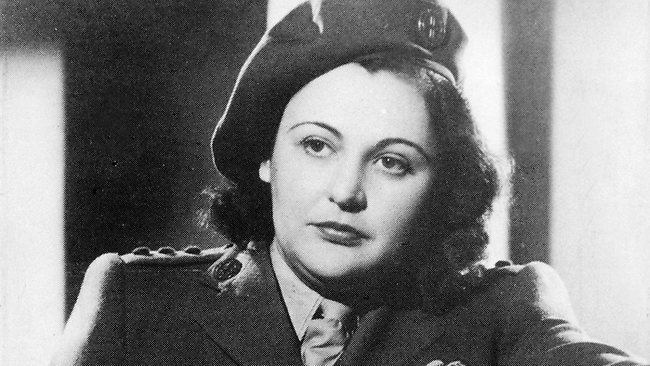 | ||
Nickname(s) Helene (SOE)Andree (French Resistance/SOE Identity)White Mouse (Gestapo in France)Witch (Operation:) Born 30 August 1912Wellington, New Zealand ( 1912-08-30 ) Service/branch Special Operations ExecutiveFirst Aid Nursing Yeomanry Died August 7, 2011, London, United Kingdom Spouse John Forward (m. 1957–1997), Henri Fiocca (m. 1939) Parents Charles Augustus Wake, Ella Rosieur Wake Siblings Ruby Wake, Hazel Wake, Charles Wake, Stanley Herbert Kitchener Wake, Gladys Wake Books The White Mouse, The autobiography of the wo, White Mouse, La Gestapo m'appelait la souris Similar Marina Ginestà, Krystyna Skarbek, Odette Hallowes | ||
Nancy Grace Augusta Wake AC, GM (30 August 1912 – 7 August 2011) served as a British Special Operations Executive agent during the later part of World War II. She became a leading figure in the maquis groups of the French Resistance and was one of the Allies' most decorated servicewomen. After the fall of France in 1940, she became a courier for the French Resistance and later joined the escape network of Captain Ian Garrow. By 1943, Wake was the Gestapo's most wanted person, with a 5-million-franc price on her head.
Contents
- Resistance heroine nancy wake dies
- Early life and education
- Wartime service and Special Operations Executive
- Post war
- Honours
- Biographies
- Portrayals
- References
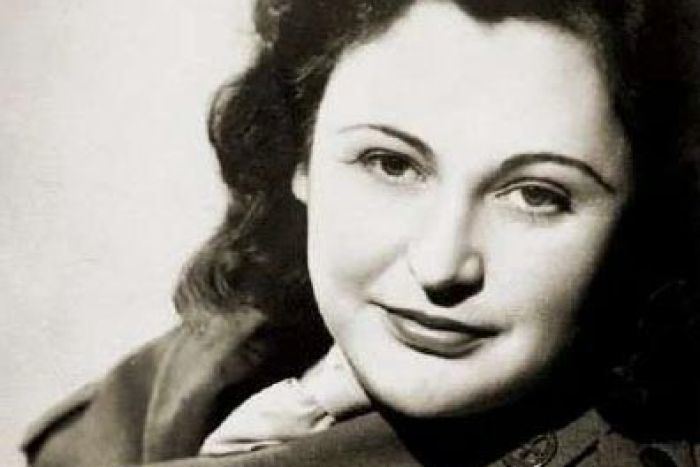
After reaching Britain, Wake joined the Special Operations Executive. On the night of 29–30 April 1944, she parachuted into occupied France Auvergne, becoming a liaison between London and the local maquis group headed by Captain Henri Tardivat in the Forest of Tronçais. From April 1944 until the liberation of France, her 7,000+ maquisards fought 22,000 German soldiers, causing 1,400 casualties, while suffering only 100 among themselves.
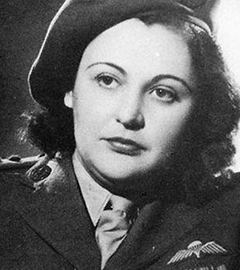
Resistance heroine nancy wake dies
Early life and education
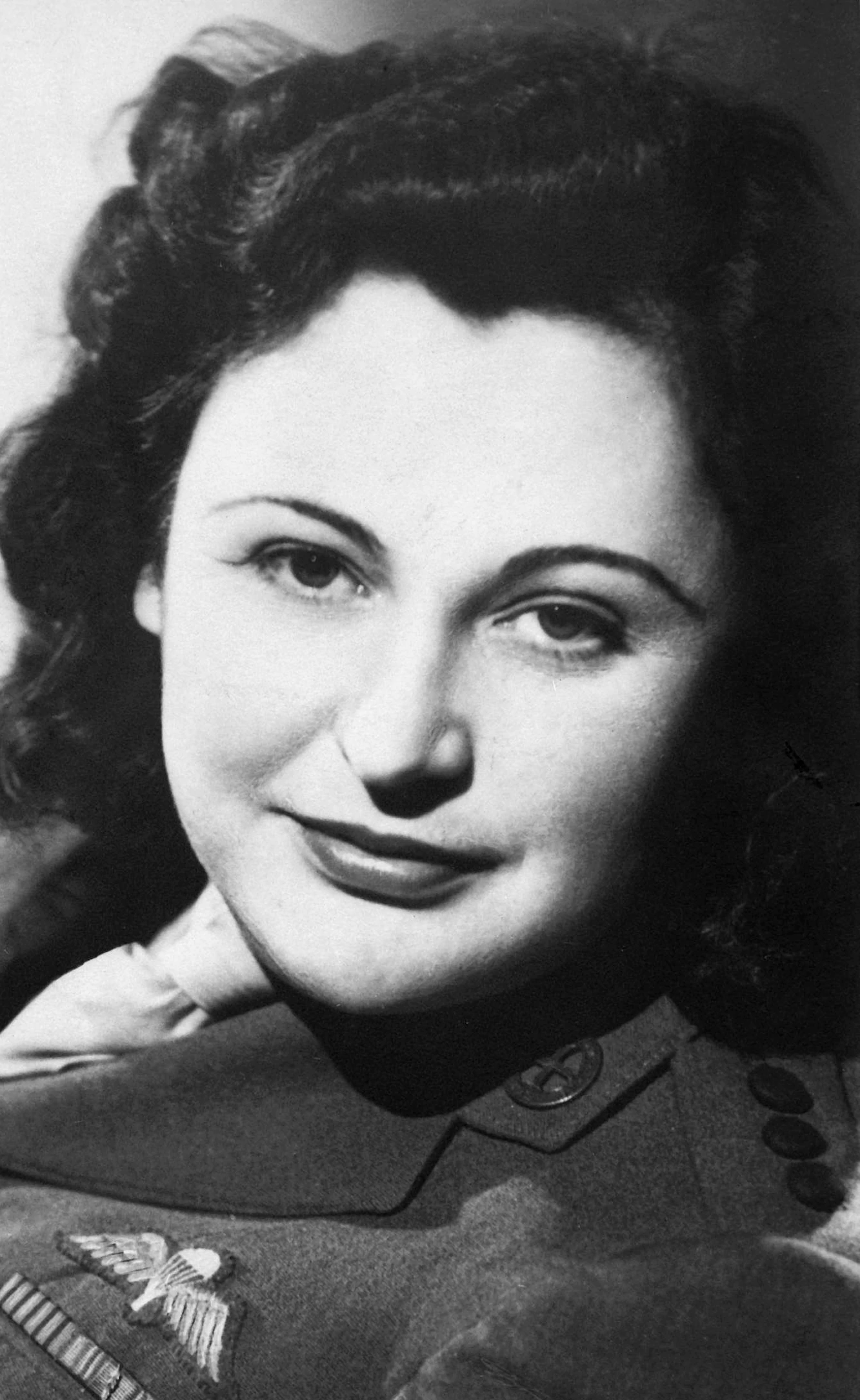
Born in Roseneath, Wellington, New Zealand, on 30 August 1912, Wake was the youngest of six children. In 1914, her family moved to Australia and settled at North Sydney. Shortly thereafter, her father, Charles Augustus Wake, returned to New Zealand and her mother, Ella Wake (née Rosieur; 1874–1968) raised the children.
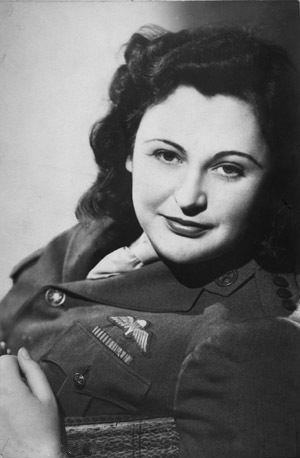
In Sydney, Wake attended the North Sydney Household Arts (Home Science) School (see North Sydney Technical High School). At the age of 16, she ran away from home and worked as a nurse. With £200 that she had inherited from an aunt, she journeyed to New York City, then London where she trained herself as a journalist.

In the 1930s, she worked in Paris and later for Hearst newspapers as a European correspondent. She witnessed the rise of Adolf Hitler and the Nazi movement and "saw roving Nazi gangs randomly beating Jewish men and women in the streets" of Vienna.
Wartime service and Special Operations Executive
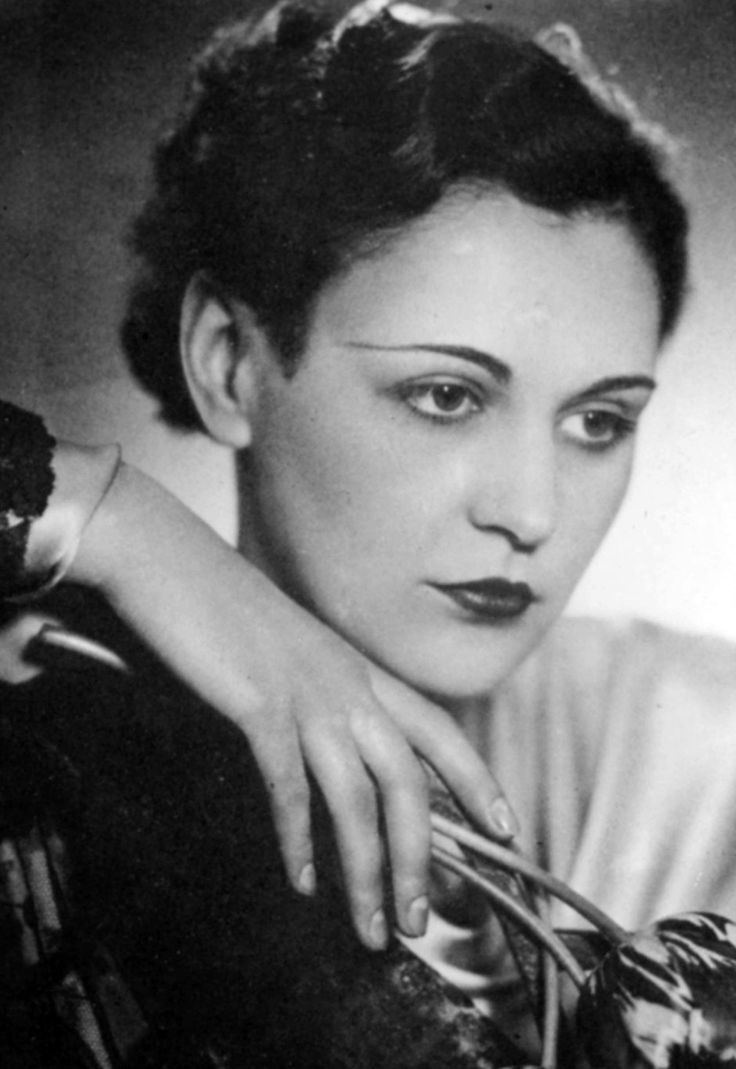
In 1937, Wake met wealthy French industrialist Henri Edmond Fiocca (1898–1943), whom she married on 30 November 1939. She was living in Marseille, France when Germany invaded. After the fall of France in 1940, she became a courier for the French Resistance and later, joined the escape network of Captain Ian Garrow. In reference to Wake's ability to elude capture, the Gestapo called her the "White Mouse". The Resistance exercised caution with her missions; her life was in constant danger, with the Gestapo tapping her telephone and intercepting her mail.

In November 1942, Wehrmacht troops occupied the southern part of France after the Allies' Operation Torch had started. This gave the Gestapo unrestricted access to all papers of the Vichy régime and made life more dangerous for Wake. By 1943, Wake was the Gestapo's most wanted person, with a price of 5 million francs on her head. When the network was betrayed that same year, she decided to flee Marseille. Her husband, Henri Fiocca, stayed behind. He later was captured, tortured, and executed by the Gestapo. Wake described her tactics: "A little powder and a little drink on the way, and I'd pass their (German) posts and wink and say, 'Do you want to search me?' God, what a flirtatious little bastard I was."
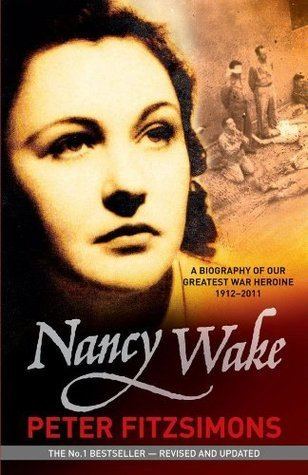
Wake had been arrested in Toulouse, but was released four days later. A resistance contact, (Scarlet Pimpernel), managed to have her let out by claiming she was his mistress and was trying to conceal her infidelity to her husband (all of which was untrue). On her sixth attempt, she succeeded in crossing the Pyrenees to Spain. Until the war ended, she was unaware of her husband's death and subsequently, blamed herself for it.
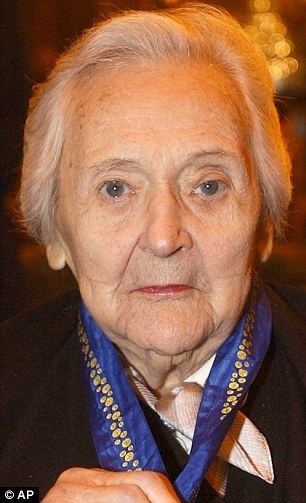
After reaching Britain, Wake joined the Special Operations Executive. Vera Atkins, who also worked in the SOE, recalls her as "a real Australian bombshell. Tremendous vitality, flashing eyes. Everything she did, she did well." Training reports record that she was "a very good and fast shot" and possessed excellent fieldcraft. She was noted to "put the men to shame by her cheerful spirit and strength of character."
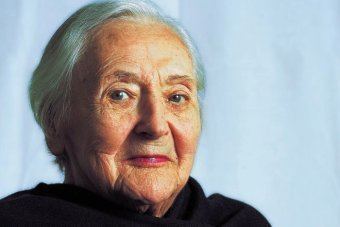
On the night of 29–30 April 1944, Wake was parachuted into the Auvergne, becoming a liaison between London and the local maquis group headed by Captain Henri Tardivat in the Forest of Tronçais. Upon discovering her tangled in a tree, Captain Tardivat greeted her remarking, "I hope that all the trees in France bear such beautiful fruit this year.", to which she replied, "Don't give me that French shit." Her duties included allocating arms and equipment that were parachuted in and minding the group's finances. Wake became instrumental in recruiting more members and making the maquis groups into a formidable force, roughly 7,500 strong. She also led attacks on German installations and the local Gestapo HQ in Montluçon. At one point Wake discovered that her men were protecting a girl who was a German spy. They did not have the heart to kill her in cold blood, but when Wake insisted that she would perform the execution, they capitulated.
From April 1944 until the liberation of France, her 7,000+ maquisards fought 22,000 German soldiers, causing 1,400 casualties, while suffering only 100 among themselves. Her French companions, especially Henri Tardivat, praised her fighting spirit, amply demonstrated when she killed an SS sentry with her bare hands to prevent him from raising the alarm during a raid. During a 1990s television interview, when asked what had happened to the sentry who spotted her, Wake simply drew her finger across her throat. "They'd taught this judo-chop stuff with the flat of the hand at SOE, and I practised away at it. But this was the only time I used it – whack – and it killed him all right. I was really surprised."
On another occasion, to replace codes her wireless operator had been forced to destroy in a German raid, Wake rode a bicycle for more than 500 kilometres (310 mi) through several German checkpoints. During a German attack on another maquis group, Wake, along with two American officers, took command of a section whose leader had been killed. She directed the use of suppressive fire, which facilitated the withdrawal of the group without further losses.
Post-war
Immediately after the war, Wake was awarded the George Medal, the United States Medal of Freedom, the Médaille de la Résistance, and thrice, the Croix de Guerre. She learned that the Gestapo had tortured her husband to death in 1943 for refusing to disclose her whereabouts. After the war, she worked for the intelligence department at the British Air Ministry, attached to embassies in Paris and Prague.
Wake stood as a Liberal candidate in the 1949 Australian federal election for the Sydney seat of Barton, running against Dr. Herbert Evatt, then deputy prime minister, attorney general, and minister for external affairs in the Ben Chifley Labor government. While Chifley lost government to Robert Menzies, Wake recorded a 13 percent swing against Evatt, with Evatt retaining the seat with 53.2 per cent of the vote on a two-party preferred basis. Wake ran against Evatt again at the 1951 federal election. By this time, Evatt was deputy leader of the opposition. The result was extremely close; however, Evatt retained the seat with a margin of fewer than 250 votes. Evatt slightly increased his margin at subsequent elections before relocating to the safer seat of Hunter by 1958.
Wake left Australia just after the 1951 election and moved back to England. She worked as an intelligence officer in the department of the assistant chief of air staff at the Air Ministry in Whitehall. She resigned in 1957 after marrying an RAF officer, John Forward, in December of that year. They relocated to Australia in the early 1960s. Maintaining her interest in politics, Wake was endorsed as a Liberal candidate at the 1966 federal election for the Sydney seat of Kingsford Smith. Despite recording a swing of 6.9 per cent against the sitting Labor member Daniel Curtin, Wake was again unsuccessful. Around 1985, Wake and John Forward left Sydney to retire to Port Macquarie.
In 1985, Wake published her autobiography, The White Mouse. The book became a bestseller and has been reprinted many times. Later, after 40 years of marriage, her husband John Forward died at Port Macquarie on 19 August 1997. The couple had no children. In 2001, Wake left Australia for the last time and emigrated to London. She became a resident at the Stafford Hotel in St. James' Place, near Piccadilly, formerly a British and American forces club during the war. She had been introduced to her first "bloody good drink" there by the general manager at the time, Louis Burdet. He also had worked for the Resistance in Marseilles. In the mornings she would usually be found in the hotel bar, sipping her first gin and tonic of the day. She was welcomed at the hotel, celebrating her ninetieth birthday there, where the hotel owners absorbed most of the costs of her stay. In 2003, Wake chose to move to the Royal Star and Garter Home for Disabled Ex-Service Men and Women, in Richmond, London, where she remained until her death.
Wake died on Sunday evening 7 August 2011, aged 98, at Kingston Hospital after being admitted with a chest infection. She had requested that her ashes be scattered at Montluçon in central France. Her ashes were scattered near the village of Verneix, which is near Montluçon, on 11 March 2013. Her obituary was included in (and inspired the title for) The Socialite Who Killed A Nazi With Her Bare Hands: And 144 Other Fascinating People Who Died This Year, a collection of New York Times obituaries published in 2012.
Honours
Wake was appointed a Chevalier (knight) of the Legion of Honour in 1970 and was promoted to Officer of the Legion of Honour in 1988. Shortly after the war, she was recommended for decorations in Australia but was turned down. Decades later, Australia offered to award her medals but she refused, saying: "The last time there was a suggestion of that I told the government they could stick their medals where the monkey stuck his nuts. The thing is if they gave me a medal now, it wouldn't be love so I don't want anything from them." It was not until February 2004 that Wake was made a Companion of the Order of Australia. In April 2006, she was awarded the Royal New Zealand Returned and Services' Association's highest honour, the RSA Badge in Gold. Wake's medals are on display in the Second World War gallery at the Australian War Memorial Museum in Canberra. On 3 June 2010, a "heritage pylon" paying tribute to Wake was unveiled on Oriental Parade in Wellington, New Zealand, near the place of her birth.
Biographies
In 1956, Australian author Russell Braddon wrote Nancy Wake: The Story of a Very Brave Woman (ISBN 978 0 7524 5485 6). Nancy Wake wrote her own account (first published 1985) with the original title, "The White Mouse" (The autobiography of the woman the Gestapo called the White Mouse) (ISBN 0725107553). In 2001, Australian author Peter FitzSimons wrote Nancy Wake, A Biography of Our Greatest War Heroine (ISBN 0 7322 6919 9), a bestselling comprehensive biography of Wake. In 2011, German author Michael Jürgs wrote Codename Hélène: Churchills Geheimagentin Nancy Wake und ihr Kampf gegen die Gestapo in Frankreich. (translated: Codename Hélène: Churchill's secret agent Nancy Wake and her fight against the Gestapo in France). The book was published in October 2012. Claims that Sebastian Faulks' 1999 novel Charlotte Gray is based on Wake's war-time exploits, as well as those of Pearl Cornioley, a British secret-service agent have been refuted by the author. Sebastian Faulks said in an interview that "The truth about Charlotte Gray is that she was entirely invented. That's the way good novelists work, … I had not heard of Pearl Cornioley when I wrote Charlotte Gray in 1995 …’. Wake was also featured in a 2012 article in Military Officer.
Portrayals
An Australian television mini-series was released in 1987 entitled, Nancy Wake, based on the 1956 biography by Russell Braddon. It was released as True Colors in the U.S.. Wake was played by Australian actress Noni Hazlehurst and made a cameo appearance in the role of Madame Fouret. Wake also was made a consultant for the film, but only after the script had been written. She criticised the script upon reading it, and again, at the launch of the mini-series. Wake was disappointed that the film was changed from an 8-hour resistance story to a 4-hour love story. The producers said that they did not have the budget for the longer version and that it was difficult to cover all Wake's exploits in the reduced time frame. Wake also candidly criticized aspects that she felt were not a true depiction of events, and continued for the rest of her life to criticize the script. Similarly, Seasons 1 and 2 of the late 1980s British television series Wish Me Luck were based on her exploits and much of the dialogue was copied from her autobiography. Rachael Blampied portrayed Nancy Wake in the 2014 TVNZ docu-drama, Nancy Wake: The White Mouse.
